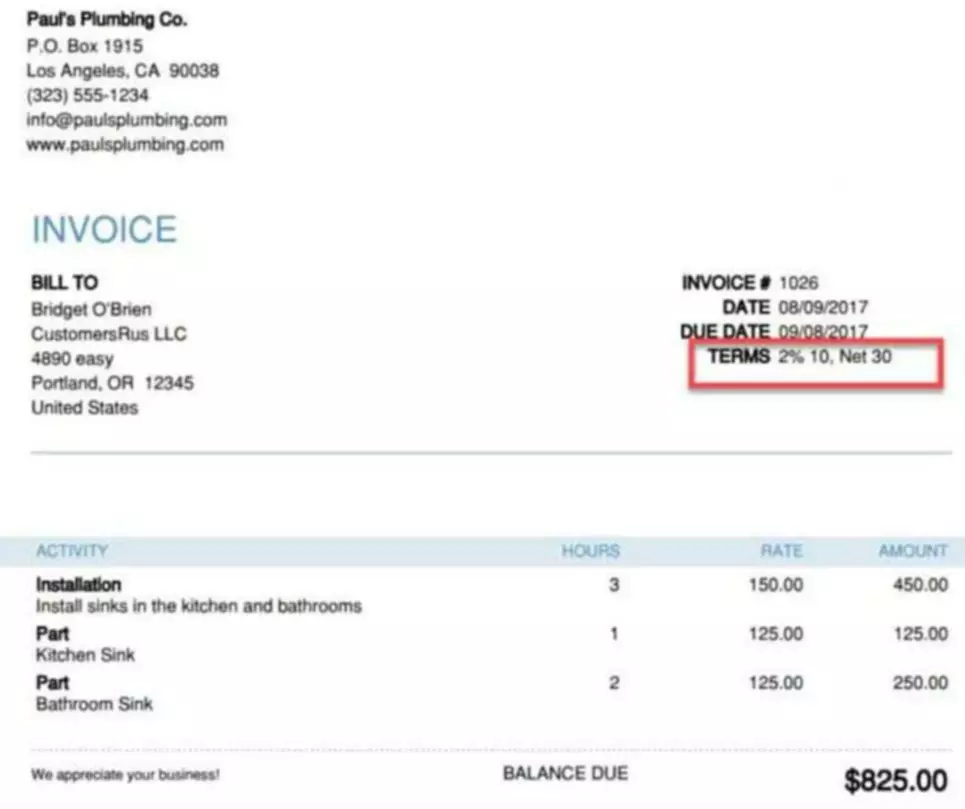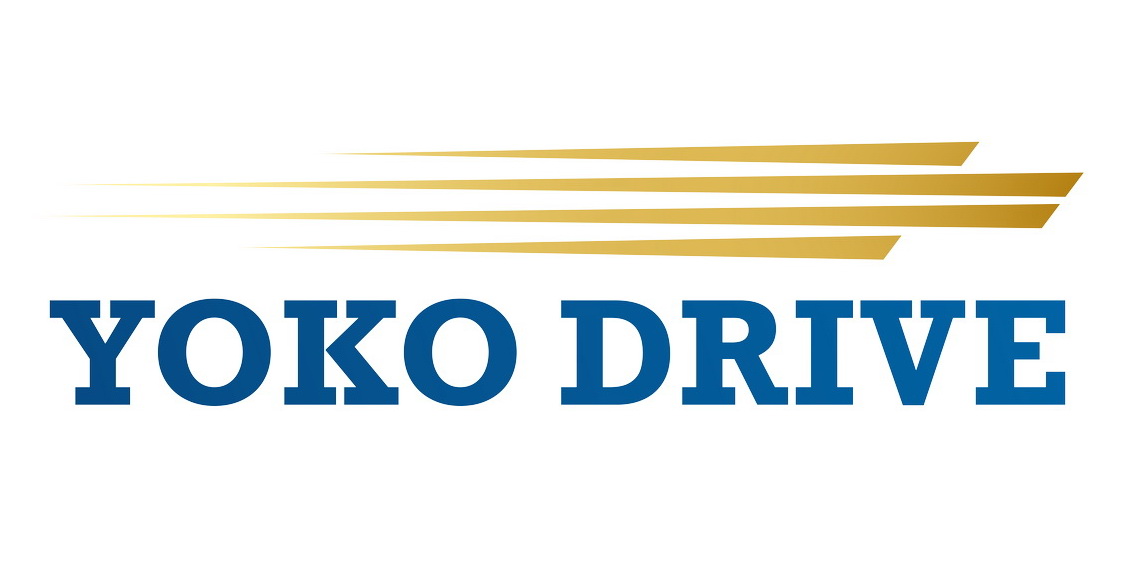Content
- Steps to Prepare a Retained Earnings Statement
- How to Calculate Debt Coverage Ratio
- What is retained earnings normal balance?
- Retained Earnings vs. Net Income
- Want More Helpful Articles About Running a Business?
- What Category of Elements of Financial Statements Do Retained Earnings Belong In?
- Retained Earnings Calculator – Excel Model Template

Subtract the cell with the amount paid out to shareholders in dividends. If the firm has good investment opportunity available then, they’ll invest the retained earnings and reduce the dividends or give no dividends at all. ” is a question that anyone who runs a company should know how to answer. With that in mind, we’ll also demonstrate how to calculate retained earnings. The most basic financial equation in a company is Assets less Liabilities equals Stockholders’ Equity. Stockholders’ Equity is then further broken down into Capital Stock and Retained Earnings. The Retained Earnings account is built from the closing entries from the Balance Sheet, Income Statement, Statement of Cash Flows and Statement of Retained Earnings.

You may also distribute retained earnings to owners or shareholders of the company. Companies that pay out retained earnings in the form of dividends may be attractive to investors, but paying dividends can also limit your company’s growth. That’s why many high-growth startups don’t pay dividends—they reinvest them back into growing the business. Your financial statements may also include a statement of retained earnings. This financial statement details how your retained earnings account has changed over the accounting period, which may be a month, a quarter, or a year.
Steps to Prepare a Retained Earnings Statement
A company may decide it is more beneficial to return capital to shareholders in the form of dividends. A company may also decide it is more beneficial to reinvest funds into the company by acquiring capital assets or expanding operations. Most companies may argue that an idle retained earnings balance that is not being deployed over the long-term is inefficient.
It is a figure that represents gross sales, prior to subtracting operating expenses and overhead costs. Retained earnings are the profit a company keeps after all of these expenses have been deducted. The retained earnings balance or accumulated deficit balance is reported in the stockholders’ equity section retained earnings of a company’s balance sheet. The RE balance may not always be a positive number, as it may reflect that the current period’s net loss is greater than that of the RE beginning balance. Alternatively, a large distribution of dividends that exceed the retained earnings balance can cause it to go negative.
How to Calculate Debt Coverage Ratio
Though the last option of debt repayment also leads to the money going out of the business, it still has an impact on the business’s accounts . The income money can be distributed among the business owners in the form of dividends. The decision to retain the earnings or distribute them among shareholders is usually left to company management. Retained earnings are the amount of net income left over for the business after it has paid out dividends to its shareholders. This accounting term relates to the financial value that a business has built up over time. Retained earnings provide a much clearer picture of your business’ financial health than net income can.
What Is Equity and How Do You Calculate It for Shareholders … – Entrepreneur
What Is Equity and How Do You Calculate It for Shareholders ….
Posted: Sat, 24 Dec 2022 15:00:00 GMT [source]
Any changes or movement with net income will directly impact the RE balance. Factors such as an increase or decrease in net income and incurrence of net loss will pave the way to either business profitability or deficit. The Retained Earnings account can be negative due to large, cumulative net losses. Revenue and retained earnings have different levels of importance depending on what the underlying company is trying to achieve. Revenue is incredibly important, especially for growth companies try to establish themselves in a market. However, retained earnings may be even more important for companies who have been saving capital to deploy for capital expansion or heavy investment into the business.
What is retained earnings normal balance?
For a company to be in a position to pay a dividend, it needs to have revenue that is higher than its expenses. Negative retained earnings indicate that a business took a loss and has less cash available now than it did before. When looking for stocks that pay regular dividends, investors look for companies with lower retained earnings, because those businesses are paying investors a greater share of profits. Having too low of a retained earnings figure can be a bad sign, however, as businesses need to be capable of reinvesting in themselves.
- If your company ever sees a reduction in operations, and starts operating at a net loss, your retained earnings can carry you through.
- Companies automatically calculate their retained earnings so that investors don’t need to.
- When the value is negative, it signifies the poor financial health of the firm.
- Retained earnings are left over profits after accounting for dividends and payouts to investors.
- It involves paying out a nominal amount of dividends and retaining a good portion of the earnings, which offers a win-win.
Here’s everything you need to know about this new informational IRS form. This article highlights what the term means, why it’s important, and how to calculate retained earnings.
Retained Earnings vs. Net Income
The balance sheet and income statement are explained in detail below. Retained earnings are a type of equity and are therefore reported in the shareholders’ equity section of the balance sheet. Although retained earnings are not themselves an asset, they can https://www.bookstime.com/ be used to purchase assets such as inventory, equipment, or other investments. Therefore, a company with a large retained earnings balance may be well-positioned to purchase new assets in the future or offer increased dividend payments to its shareholders.
Since it is standardized, the accumulated income is reported as a separate item in the company’s balance sheet. To calculate retained earnings, you are required to add net returns to the retained earnings of the previous period. On the other hand, though stock dividends do not lead to a cash outflow, the stock payment transfers part of the retained earnings to common stock.
Want More Helpful Articles About Running a Business?
In the next accounting cycle, the RE ending balance from the previous accounting period will now become the retained earnings beginning balance. Retained earnings represent a useful link between the income statement and the balance sheet, as they are recorded under shareholders’ equity, which connects the two statements. This reinvestment into the company aims to achieve even more earnings in the future. It uses that revenue to pay expenses and, if the company sold enough goods, it earns a profit. This profit can be carried into future periods in an accounting balance called retained earnings.
